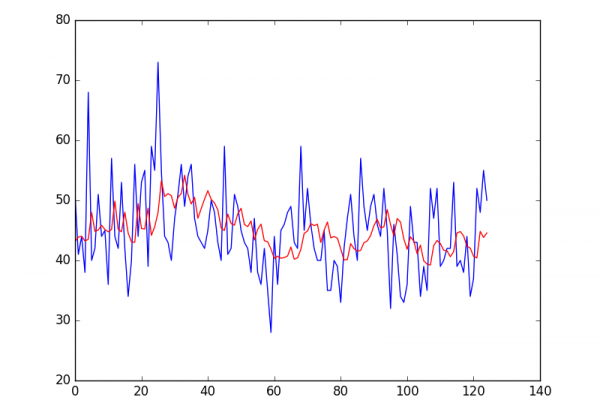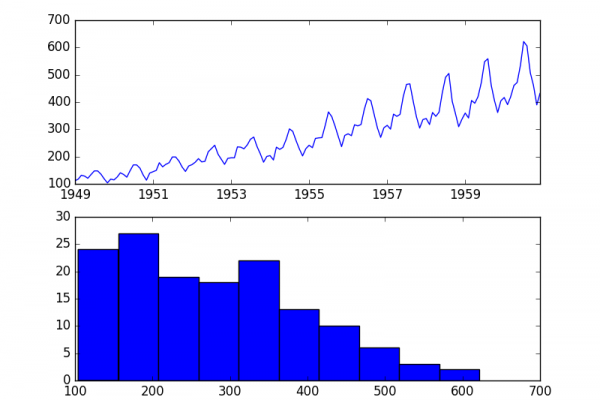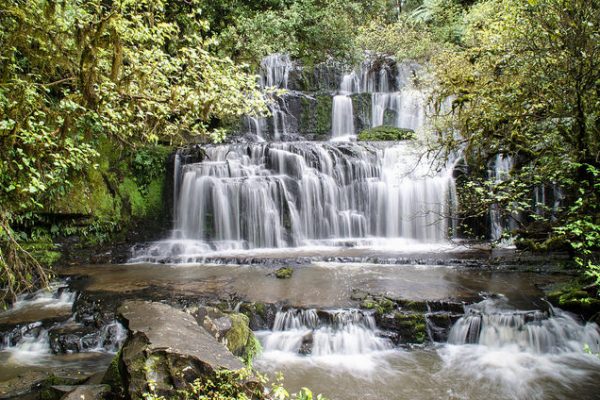How to Model Residual Errors to Correct Time Series Forecasts with Python
Last Updated on April 24, 2020 The residual errors from forecasts on a time series provide another source of information that we can model. Residual errors themselves form a time series that can have temporal structure. A simple autoregression model of this structure can be used to predict the forecast error, which in turn can be used to correct forecasts. This type of model is called a moving average model, the same name but very different from moving average smoothing. […]
Read more








